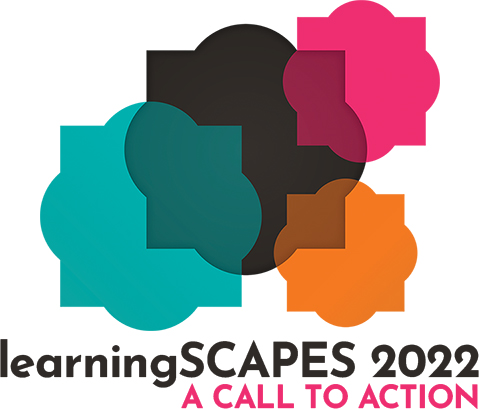 | 1 LU |
 | 1 LU |
This presentation is in two parts. Part one is an outline of how a cardboard architecture project (called Unboxy) started out as a response to pandemic related school shutdowns in Australia and has now evolved into a basis for multi-disciplinary collaborative applications across the globe. Secondly, a hands-on activity, using Unboxy, that is both participatory and creative in nature. This activity will highlight the aspects of the design that impact on diverse student engagement and learning. A key feature of the project is its multi-disciplinary nature, involving designers, educators, and researchers. The design team applied their ideas about how students learn by using durable building materials, spatial awareness, open-ended making and remaking, and interaction with and influence on the environment. This was coherent with how educators think about active learning activities: learning strategies and choices, student experience and reflection, problem solving, and abstract thinking. The researchers wanted to see how the students’ made objects from Unboxy (did the building kit work?), and also what they made and why (was this evidence of learning?). During the above presentation, qualitative data will be used to highlight the diverse impacts Unboxy has had on student engagement in different settings. While the original impetus for Unboxy came from the COVID-19 pandemic, the open design, imagination of educators, and curiosity of students, ensured that new applications are emerging. Over the past 24 months, the use and users of Unboxy have expanded to include students with special needs, including autism; high-tech applications by using robotics to assemble; and whole school challenges. The concluding activity will be asking audience members to work collaboratively in multi-disciplinary groups to construct an object. This will demonstrate the potential generative uses of Unboxy. This will also provide insight into how the design process is organic and provides multiple influences on the learning process.
Learning Objectives:

As a Registered Architect, Accredited Learning Environment Planner and joint creator of Unboxy, Matt has led a team of committed creatives who were awarded the James D MacConnell Award in 2020. Matt has helped hundreds of clients around Australia, Asia and the Middle East realise their dreams and create ‘community’, using a unique blend of industry insight, ingenuity and vision. Having achieved the ALEP designation in 2019, Matt joined the ALEP Commission providing an international perspective to refine the process and create legacy pathways for accreditation within the Australasian region. Matt continues to forge relationships across the globe, expanding the Unboxy initiative into African, South and North American communities sharing the collateral of the ‘not for profit’ educational tool.
What evidence is there that design matters? That a particular method of delivery is advantageous? That one product is better than another? What lessons have you learned?
Primary Core Competency
Educational Visioning: Exhibits an understanding of best and next practices related to educational leadership, programming, teaching, learning, planning and facility design. Establishes credibility with educators, community members and design professionals while conceiving and leading a community-based visioning process. Demonstrates the ability to articulate the impact of learning environments on teaching and learning and uses that ability to facilitate a dialogue that uncovers the unique needs and long-range goals of an educational institution and its stakeholders – translating that into an actionable written/graphic program of requirements for the design practitioner.